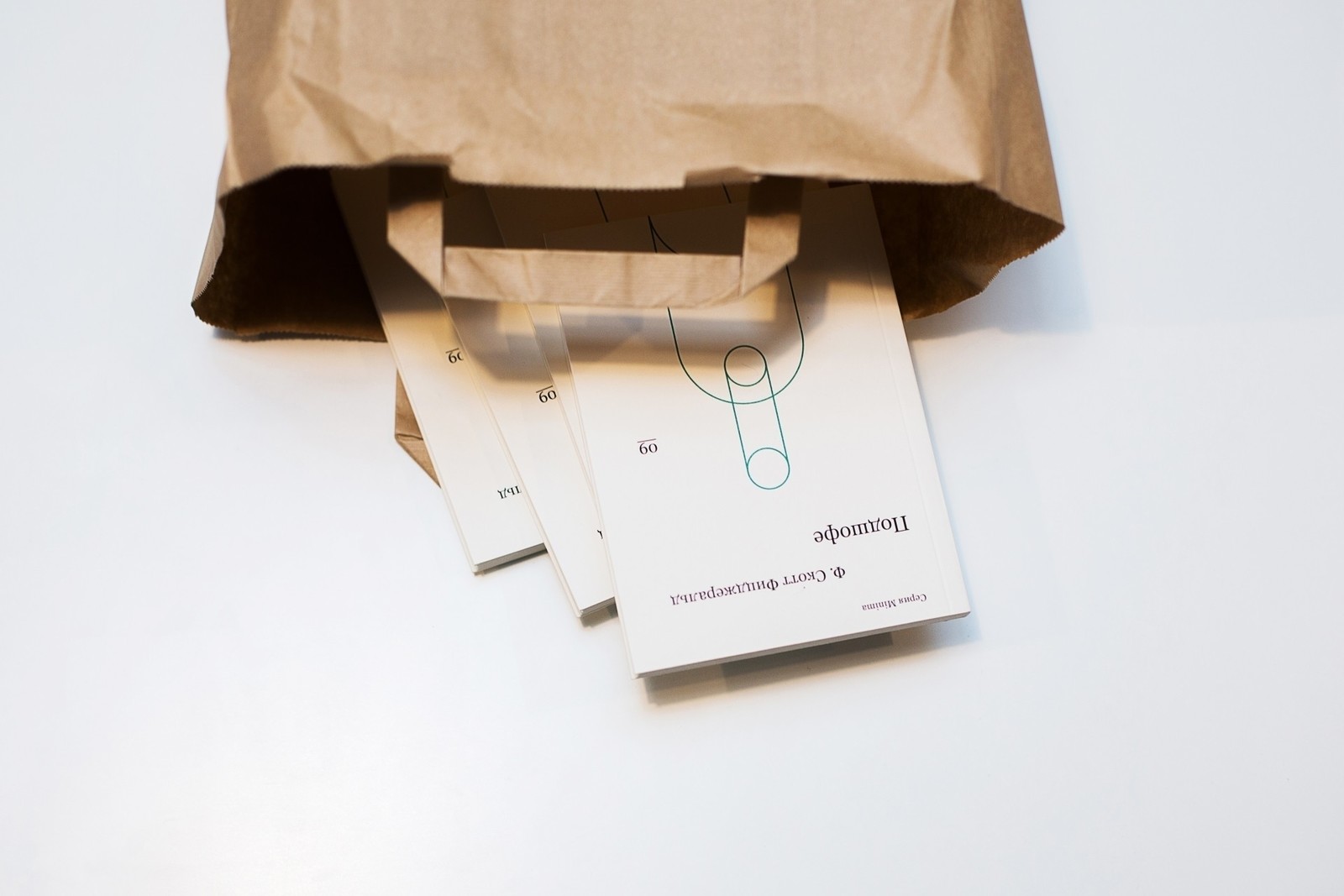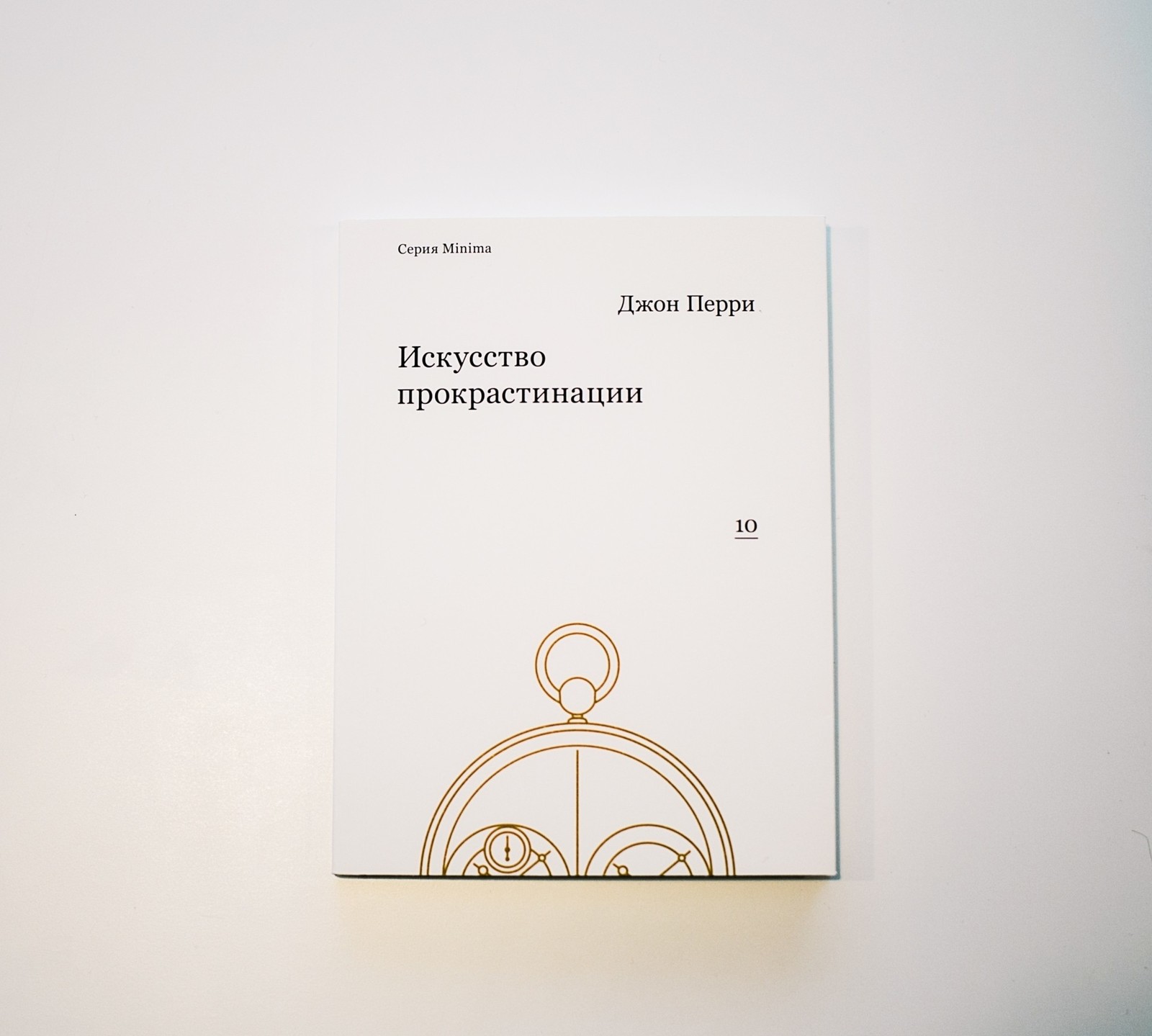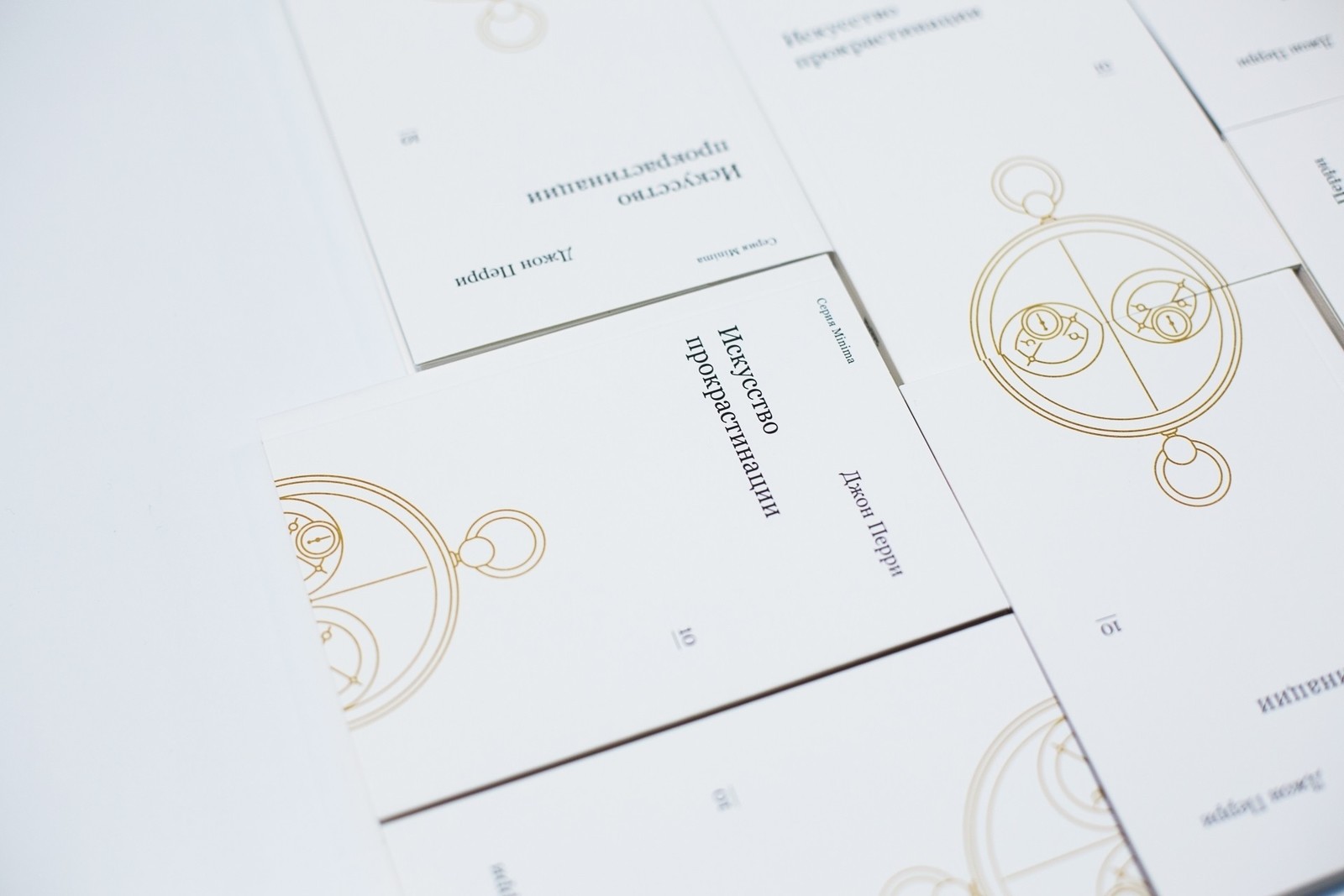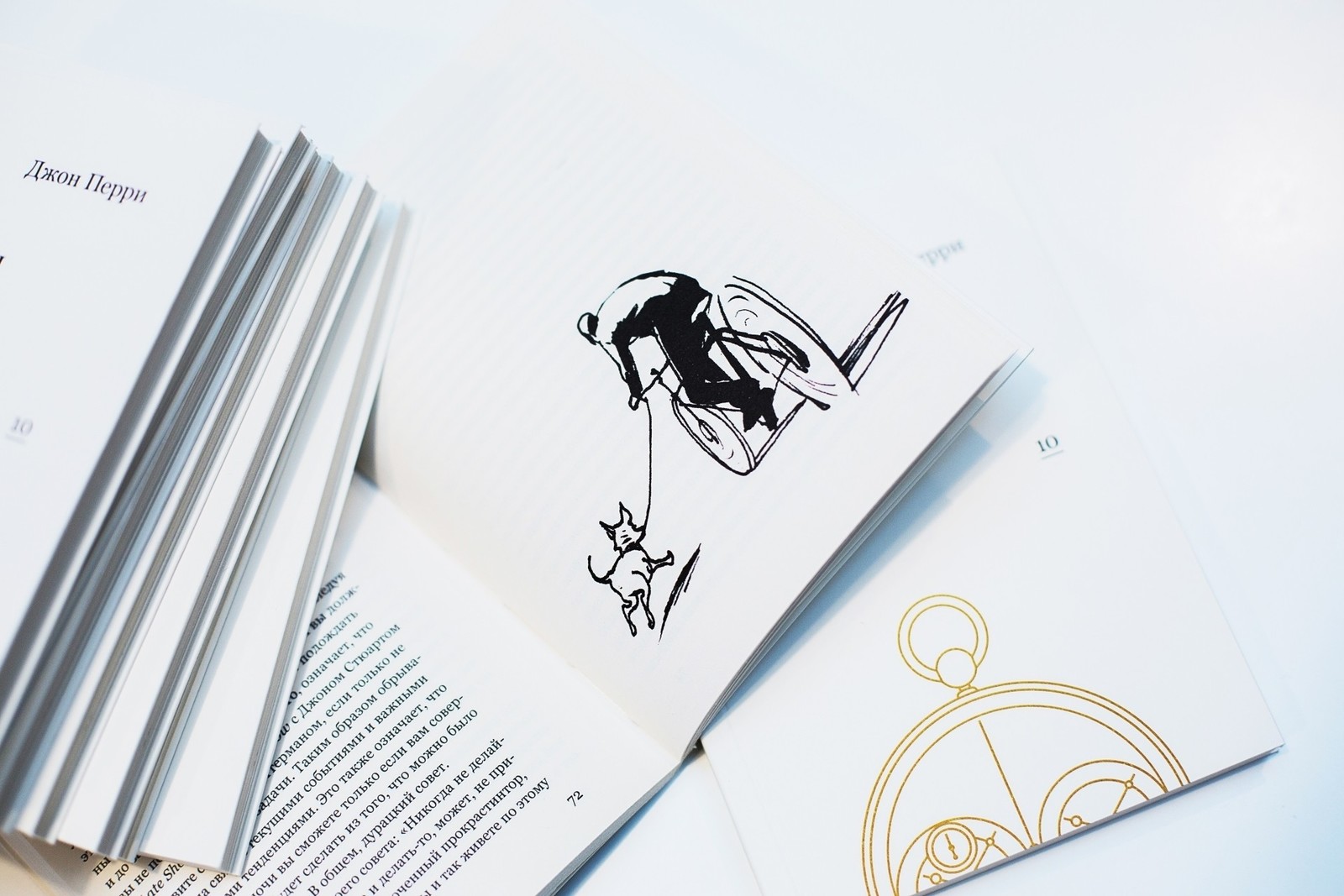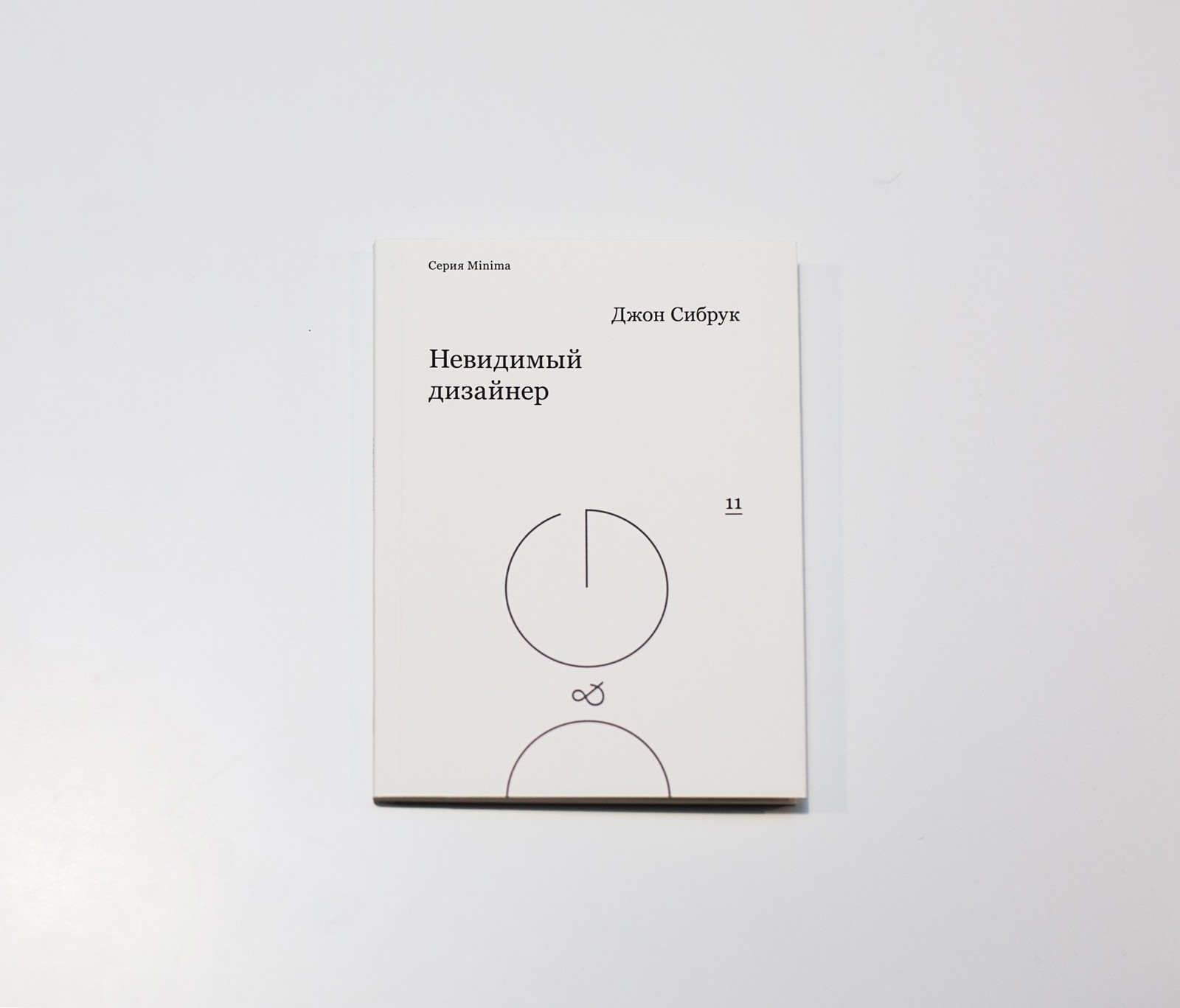Scott Fitzgerald’s On Booze is a collection of short stories about alcohol, an integral part of life for the New York’s “lost generation” of the 1920s.
John Seabrook’s collection of essays comprises three texts on the fashion industry. He writes about the designer Helmut Lang, the formation of the creative partnership between Domenico Dolce and Stefano Gabbana, and the businessman Federico Marchetti.
The Art of Procrastination is a collection of articles by the Stanford University professor of philosophy John Perry. It is about our increasing tendency to constantly postpone things that need to be done.
The immensely and ever more popular Minima series has received three new additions: F. Scott Fitzgerald’s On Booze, John Seabrook’s Invisible Designer, and John Perry’s Art of Procrastination.
The works making up F. Scott Fitzgerald’s On Booze collection of short stories are all in one way or another connected with the theme of alcohol. The collection was put together in 2011 by the New Directions publishing house, making use of the author’s published works and items from his personal archives; the same publishers having previously brought the writer back to the attention of the reading public in 1945, with the re-release of his novel The Great Gatsby, five years after his death. Fitzgerald writes of the heyday of the speakeasy, as seen from the point of view of a lyrical hero broken under the weight of the claggy senselessness of existence (a characteristic type of the ‘lost generation’), dealing with the life of his contemporaries, filled only with frivolous travel and flitting from one brief hotel room to another, and, of course, he describes the New York of the “roaring twenties” – an American city in the Age of Jazz. “…The tempo of the city had changed sharply. … - the catering to dissipation set an example to Paris; the shows were broader, the buildings were higher, the morals were looser and the liquor was cheaper…”
John Seabrook’s collection of essays comprises three texts on the fashion industry. The first, Invisible designer: Helmut Lang, tells the story of the Austrian-born designer of the same name, portraying him as a reclusive artist of the avant-garde, who has been able to set the latest trends in the world of fashion, not only thanks to the minimalism and comfort of his style, but also to the veil of secrecy surrounding his image. Hands and Eyes, When Dolce Met Gabbana is Seabrook’s next piece, in which the tale is told of the formation of the creative team of the designers Domenico Dolce and Stefano Gabbana. The author summarises their brand’s guiding formula thus: “These are clothes to brighten listless glances.” In the last essay, The Geek of Chic. How Federico Marchetti Brought E-Commerce to Fashion, the author tackles the economics of the fashionable clothing industry. It concerns the flourishing business of Italy’s Federico Marchetti, who succeeded in persuading all the leading fashion houses in favour of e-commerce, uniting the distribution of luxury items from the latest collections with the sale of cut-price goods on a single platform provided by the major Internet magazine Yoox.
The Art of Procrastination is a collection of works by the Stanford University philosophy professor John Perry. In an ironic and easy-going manner, the author develops his concept of what procrastination actually is, - in other words, “constant postponing of necessary actions.” This book is a pleasant guide on how to stop worrying and learn to love one’s own rhythm of life. Perry addresses readers who, like himself, have noted a personal inclination to avoid the completion of strategically important tasks, and avers that, in most people, procrastination is a consequence of a misplaced perfectionism. The philosopher poses a series of logical questions and comes to the conclusion that, in actual fact, “… imperfectly done work satisfies everybody.” He further elaborates this thought: “So I give myself permission to do a less-than-perfect job now, rather than waiting until the task is overdue. Which means I may as well do it now. (Or at least start on it tomorrow.)”

